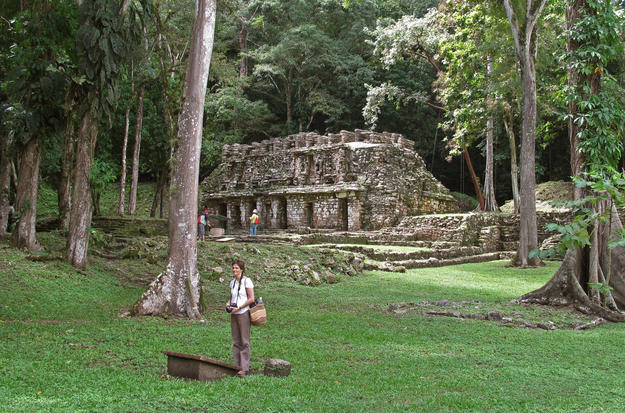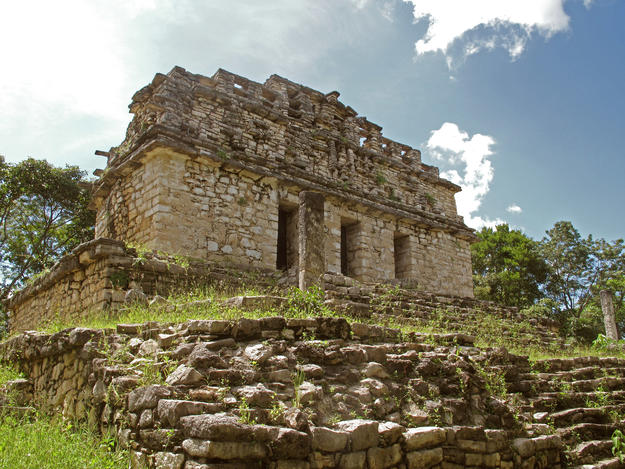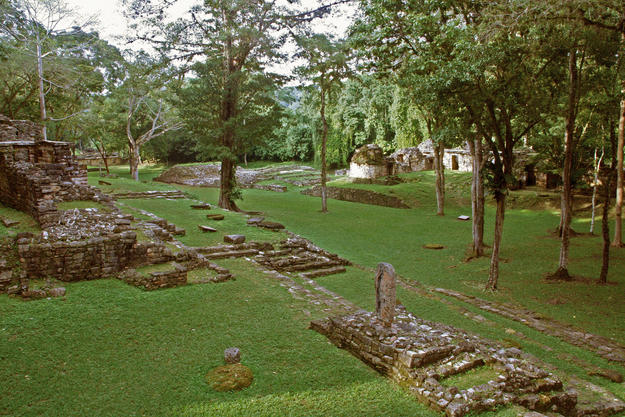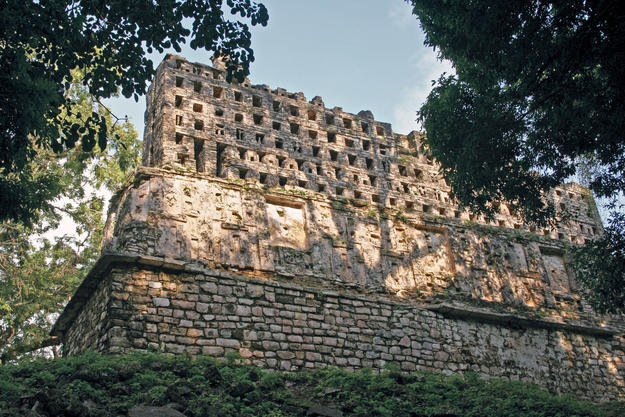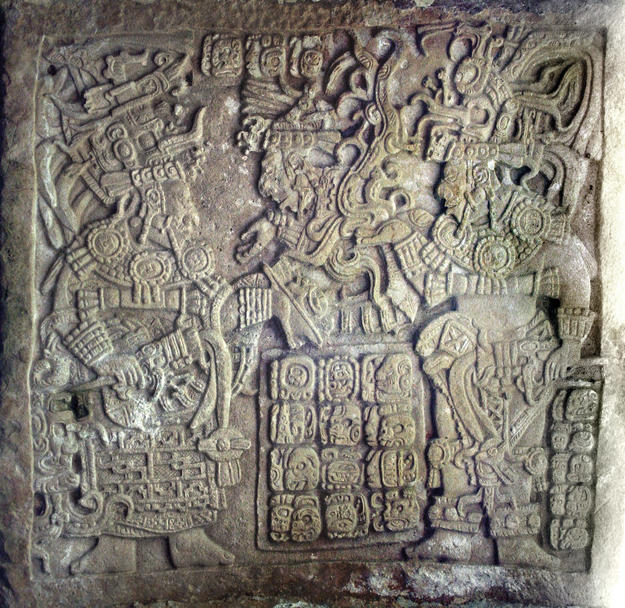2000 and 2002 World Monuments Watch
Yaxchilán is a classic Maya urban complex—a perfect expression of the Usumacinta style. Its architecture is covered with hieroglyphs and extensive relief sculpture. Across the Usumacinta River from another ancient Maya city, Piedras Negras in Guatemala, Yaxchilán thrived between A.D. 500 and 700. Since 1882 there have been important epigraphic discoveries made from surviving stelae, lintels, and altars. These have provided insights into the extent and complexity of the Maya urban society, its regional networks, and involvement in trade. While some of the buildings and monuments that are accessible to the public have been maintained at the site, many areas inaccessible to the public had long been undocumented and unprotected. Many structures were in danger of collapsing and the entire site needed improved tourist planning and management. Political unrest in the Chiapas area, looting, and animal infestation contributed to the poor condition of structures at the site.
The excavation of Yaxchilán has led to a greater understanding of Maya civilization
We collaborated with the Instituto Nacional de Antropología y Historia INAH and the Commission for Protected Areas CONAMP on developing a site redevelopment plan within a comprehensive management plan for Yaxchilán. The project began in 2001 and the nature conservation portion of the plan was completed and legally enforced in 2011. In Phase I the pressures of development, tourism, and the environment were identified as significant problems. Phase II began in 2003 and entailed cleaning the complex, stabilizing and consolidating the structure, removing vegetation, replacing wall capping, and redesigning and replacing of protective covers. Over the next two years several evaluations were performed on the condition of the site, and it was determined that the nearby city of Frontera Corozal should be developed as a staging area for tourism. Guatemala’s Institute of Anthropology and History joined the project team to help promote cultural and eco-tourism in the Usumacinta basin. In 2011 we collaborated with INAH on the development of design prototypes for protective covers for the artistic elements of Yaxchilán.
The excavation and evaluation of Yaxchilán has led to a greater understanding of Maya civilization. The comprehensive management plan for the site serves as a useful example for developing and promoting eco-tourism. The project includes training for local authorities, the communal government, and other local people to ensure proper management. This regional cooperation greatly increases the site’s potential for survival and protection.

